6 Proven Products to Protect Fall Risk Patients

When it comes to patient care, ensuring the safety of fall-risk patients is paramount. Falls can lead to serious injuries, complications, or even costly lawsuits for your facility. As healthcare professionals, it’s essential to implement effective strategies to prevent falls and protect the well-being of your patients. In this blog, we’ll explore six proven products to safeguard fall-risk patients, optimizing their safety and promoting a healthier recovery process.
How Should you Evaluate a Fall Risk Patient?
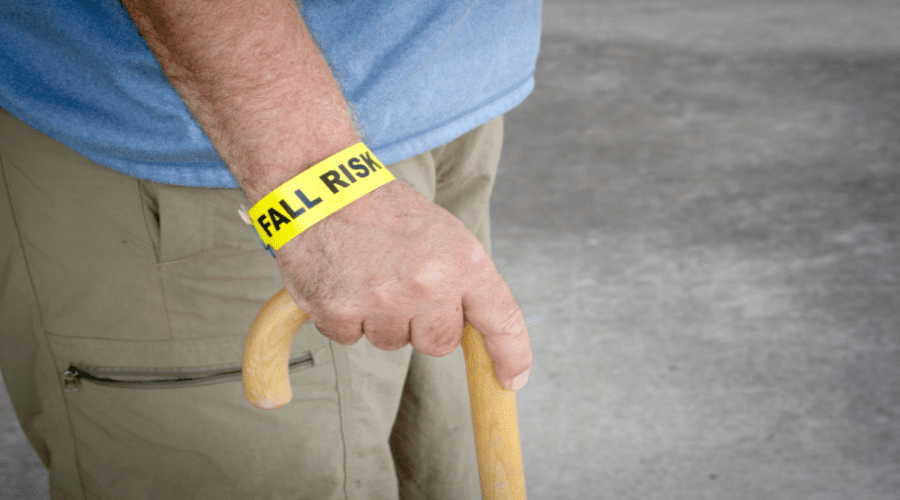
Evaluating a fall risk patient involves a comprehensive assessment that considers various factors contributing to their vulnerability to falls. Here’s a step-by-step guide on how to evaluate a fall risk patient:
Check their Medical History:
Start by reviewing the patient’s medical history, including any past falls, near-falls, or balance issues. Assess any chronic conditions, such as neurological disorders, musculoskeletal problems, or cardiovascular issues, that could impact their stability.
Perform a Medication Review:
Evaluate the patient’s current medication list to identify drugs that might cause dizziness, drowsiness, or affect their balance. Pay close attention to medications with potential side effects that could increase fall risk, such as sedatives, antihypertensives, and psychotropic drugs.
Conduct a Physical Examination:
Conduct a thorough physical examination to assess the patient’s overall health and functional status. Pay special attention to gait, balance, posture, muscle strength, joint flexibility, and any signs of neurological deficits. Use standardized assessment tools, such as the Timed Up and Go (TUG) test, to objectively measure mobility and fall risk.
Evaluate your Patient with a Cognitive Assessment:
Evaluate the patient’s cognitive function, as cognitive impairment can contribute to falls. Conditions like dementia or confusion can impact the patient’s ability to navigate their environment safely.
Do a Vision Assessment:
Check the patient’s visual acuity and assess for any visual impairments. Poor vision can lead to misjudgments of distances, obstacles, or changes in terrain, increasing the risk of falls.
Perform a Environmental Assessment:
Examine the patient’s living environment for potential hazards that might increase fall risk. Look for factors such as clutter, uneven surfaces, poor lighting, loose rugs, and lack of handrails or grab bars in bathrooms.
Look at their Fall History and Fear of Falling:
Engage in a conversation with the patient to gather information about any previous falls, near-falls, or fear of falling. This can provide insights into their perceptions of their own stability and help tailor interventions accordingly.
Assess their Nutrition and Hydration:
Assess the patient’s nutritional status and hydration, as deficiencies in these areas can lead to weakness, fatigue, and impaired cognition, increasing fall risk.
Perform a Psychosocial Assessment:
Consider the patient’s mental and emotional well-being. Anxiety, depression, and social isolation can contribute to fall risk by affecting a patient’s confidence, motivation, and overall ability to engage in safe behaviors.
Consult with an Interdisciplinary Team:
Consult with a multidisciplinary team, including physicians, nurses, physical therapists, occupational therapists, and pharmacists. Their expertise can provide a well-rounded assessment and help formulate a comprehensive fall prevention plan.
Consider the Use of Fall Risk Assessment Tools:
Utilize standardized fall risk assessment tools, such as the Morse Fall Scale or the Hendrich II Fall Risk Model, to quantitatively assess fall risk. These tools consider factors like age, history of falls, mental status, and medication use.
Perform Ongoing Monitoring:
Regularly reassess the patient’s fall risk, especially when there are changes in their medical condition, medication regimen, or functional status. This ensures that interventions remain tailored to the patient’s evolving needs.
Remember, each patient is unique, and their fall risk assessment should be individualized to address their specific circumstances. Effective fall prevention starts with a thorough evaluation that considers medical, environmental, and psychosocial factors.
What Equipment Can Help Fall Risk Patients?
There are several pieces of equipment designed to help mitigate the risk of falls for patients who are at an increased risk due to factors such as mobility issues, balance problems, or environmental hazards. Here are five essential pieces of equipment that can aid your fall risk patients:
Solo-Step Overhead Track & Harness System
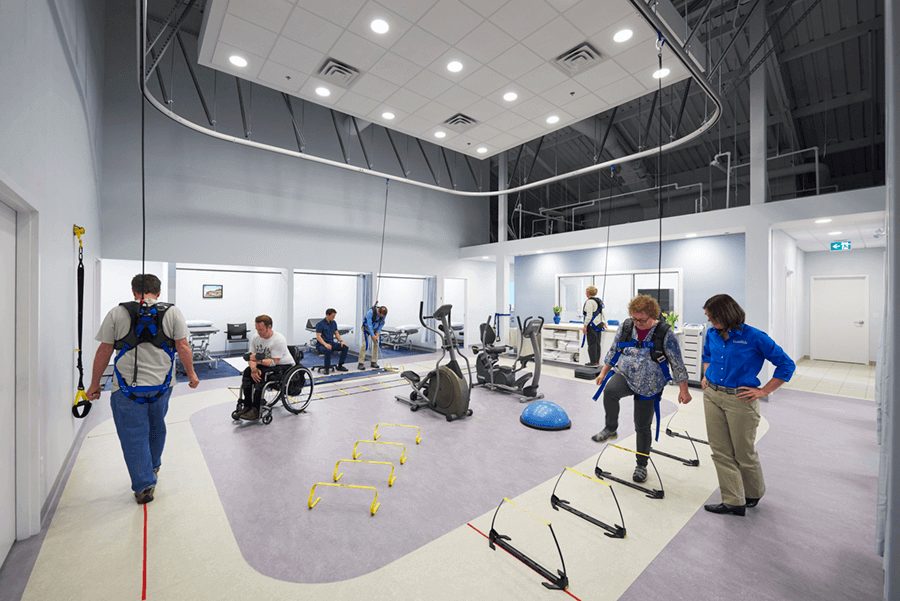
The Solo-Step Track System consists of a safety harness attached to an aluminum rail that connects to your ceiling. Patients using the Solo-Step gait and balance therapy system are able to perform their exercises with a higher level of independence and confidence. Some benefits your patients can experience include:
- A safer environment for balance, strength, and gait training
- Increased confidence
- Decreased fear of falling
- Safety from any fall related injuries
- The ability to challenge themselves safely during rehabilitation
Patients who are connected to the Solo-Step Track & Harness system have more confidence to perform their exercises, resulting in faster recovery times, a decrease in their fear of falling, and an improvement in their gait, balance, and strength. Click the button below to learn more about the Solo-Step Overhead Track System.
Bedside Rails and Grab Bars
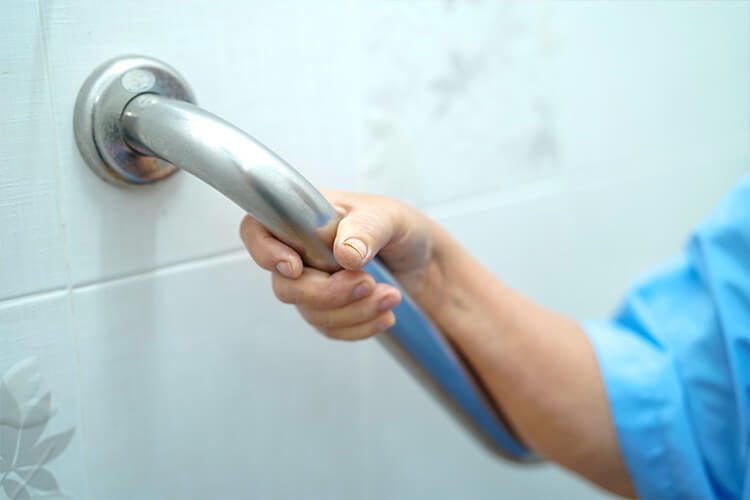
Bedside rails are attachments that can be added to a patient’s bed to provide support and stability when getting in and out of bed. They help prevent falls during the transfer process. Similarly, grab bars can be installed in bathrooms and other areas prone to slips, offering patients something to hold onto when moving around.
Walking Aids (Canes, Walkers, Rollators)

Walking aids such as canes, walkers, and rollators offer additional support and stability to patients while walking. These aids help redistribute weight, improve balance, and reduce the risk of falls by providing a stable base of support.
Non-Slip Mats and Flooring
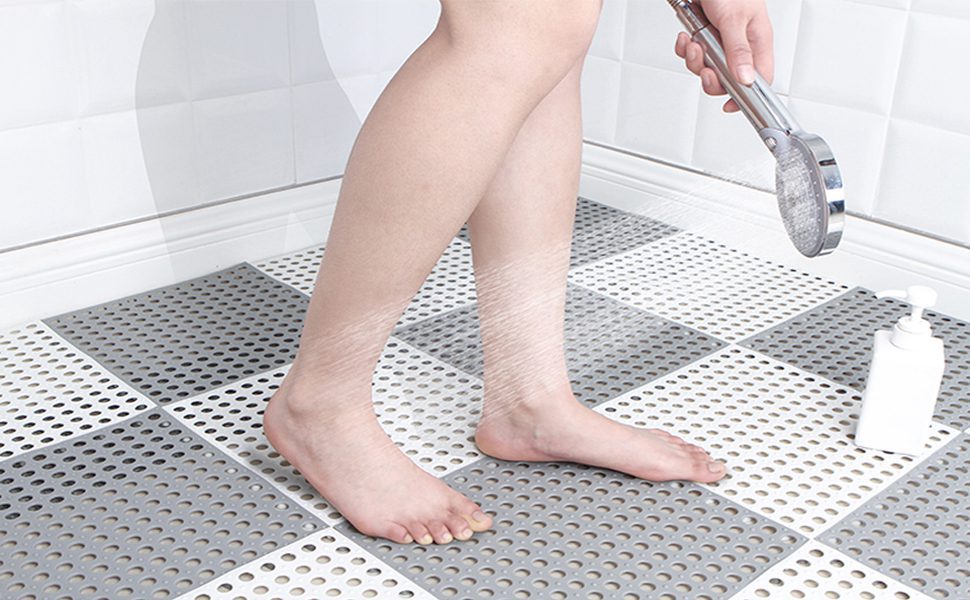
Non-slip mats and flooring are crucial for preventing slips and trips, especially in areas like bathrooms and kitchens. These mats have textured surfaces that provide traction, reducing the risk of accidental falls on wet or smooth surfaces.
Wheelchairs and Scooters
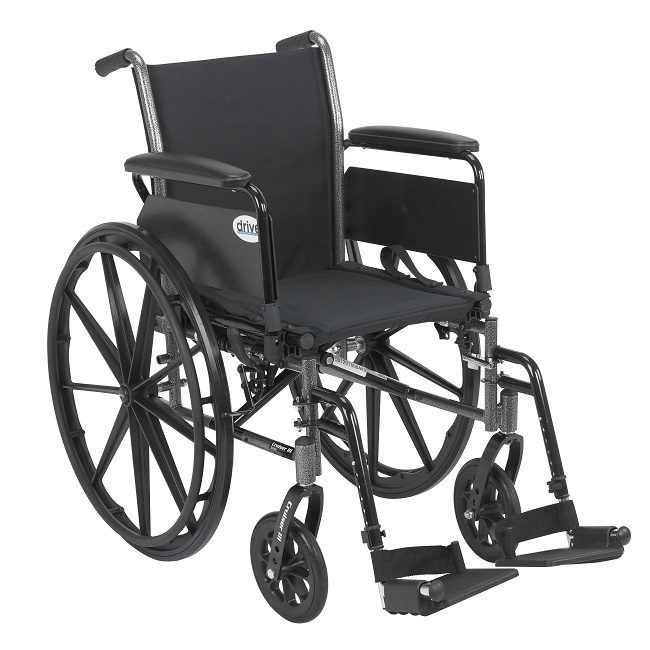
For patients with limited mobility or difficulty walking, wheelchairs and mobility scooters can enhance their independence and reduce fall risk. These devices allow patients to move around safely while sitting and provide a stable platform for daily activities.
Fall Alarms and Sensor Systems
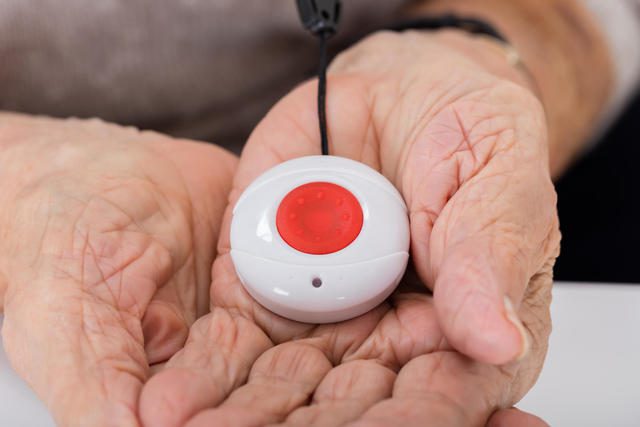
Fall alarms and sensor systems are designed to alert caregivers or medical professionals when a patient attempts to get out of bed or a chair. These systems can help prevent falls by providing an early warning, enabling timely assistance.
It’s important to note that the selection of equipment should be based on a thorough assessment of the patient’s individual needs and circumstances. Healthcare professionals, along with occupational and physical therapists, can provide guidance on choosing the right equipment, ensuring proper fit, and offering training on how to use the equipment safely. Additionally, proper maintenance and regular inspections of the equipment are essential to ensure its effectiveness in reducing fall risks.
To learn more about the Solo-Step Overhead Track System, click here!